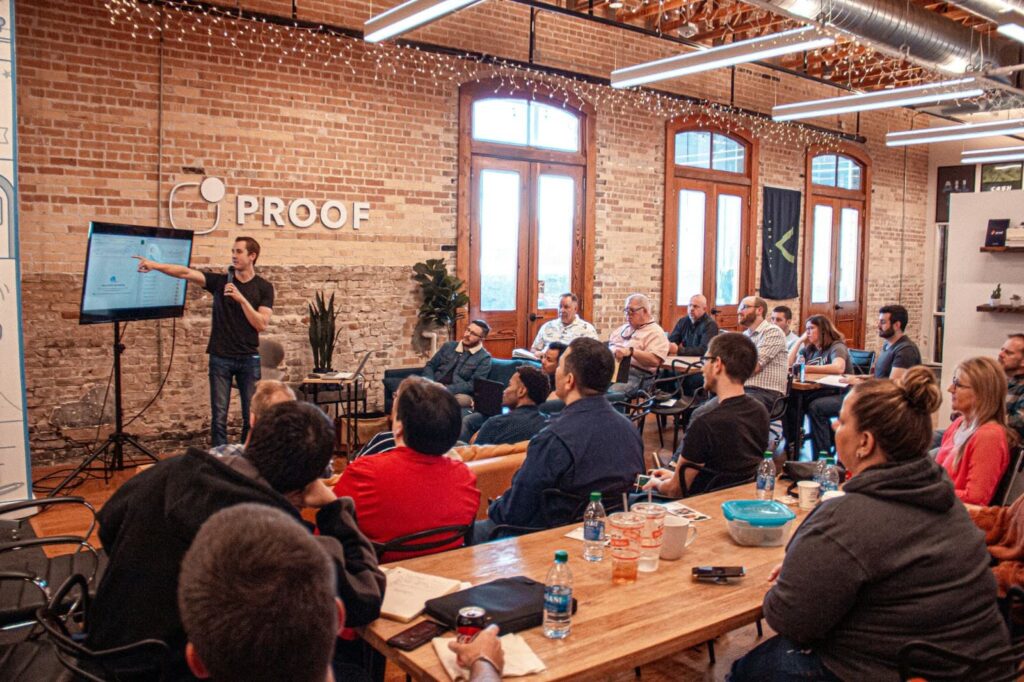Organizing a successful conference is a monumental task that involves careful planning, attention to detail, and effective management. Whether you’re planning a small workshop or a large international conference, understanding the core components of successful event planning is crucial. This article will guide you through three essential steps to master the art of conference organization.
Crafting a clear vision and objective
The foundation of any successful conference is a clear vision and objective. Before diving into logistics, define the purpose of your event. Are you aiming to educate, network, or inspire? A well-articulated objective will guide all subsequent decisions and ensure that every aspect of the conference aligns with your goals.
Start by outlining the key messages or themes you want to convey. This will help in curating relevant content and selecting speakers who are experts in those areas. Create a mission statement that reflects the core values and goals of the conference. For instance, if your conference focuses on advancing technology, your objective might be to showcase innovative tech solutions and foster networking among industry leaders.
Once the vision is set, it’s important to communicate it clearly to your team and stakeholders. This alignment ensures that everyone involved understands the purpose of the event and works towards the same objectives. A strong vision not only guides the planning process but also helps in creating marketing materials and engaging potential attendees.
Effective planning and coordination
With a clear vision in place, the next step is meticulous planning and coordination. This involves several critical elements: budgeting, venue selection, scheduling, and logistical arrangements.
Begin with budgeting. Develop a detailed financial plan that includes all potential expenses such as venue rental, catering, technology, and marketing. Allocate funds strategically to avoid overspending and ensure that essential aspects of the conference are adequately funded. Consider potential revenue streams such as sponsorships, ticket sales, and merchandise to offset costs.
Selecting the right venue is another crucial aspect. The venue should align with the size and nature of your event. Factors such as location, capacity, accessibility, and facilities play a significant role in the overall success of the conference. Conduct site visits to ensure that the venue meets your requirements and can accommodate your expected number of attendees comfortably.
Scheduling is also vital. Choose a date that avoids conflicts with other major events or holidays. Create a detailed timeline that outlines key milestones and deadlines, from securing speakers to finalizing event schedules. Coordinating with vendors and suppliers is essential to ensure that all logistical details, including catering, audiovisual equipment, and transportation, are handled efficiently.
Engaging attendees and ensuring a memorable experience

The ultimate goal of any conference is to provide a valuable and memorable experience for attendees. Engage your audience through interactive sessions, networking opportunities, and high-quality content. Plan a diverse agenda that includes keynote speeches, panel discussions, workshops, and breakout sessions. This variety will keep participants engaged and offer something valuable for everyone.
Effective communication before and during the conference is key. Use email newsletters, social media, and your conference website to keep attendees informed and excited about the event. Provide clear information about the schedule, speakers, and any special activities or features. On-site, ensure that your team is readily available to assist attendees and address any issues promptly.
Finally, gather feedback from attendees after the conference. Surveys and informal feedback sessions can provide valuable insights into what worked well and what could be improved. Use this feedback to refine your planning and enhance future events.
Organizing a conference requires a combination of strategic planning, coordination, and a focus on delivering a remarkable experience for attendees. By crafting a clear vision, planning effectively, and engaging your audience, you can ensure that your conference stands out and achieves its objectives. Embrace the challenges and opportunities that come with conference planning, and you’ll set the stage for a successful and impactful event.
Leveraging technology for efficiency and engagement
In the digital age, leveraging technology is crucial for both the efficiency of planning and the engagement of attendees. From virtual platforms to event management software, technology can streamline many aspects of conference organization.
Virtual and hybrid options: consider incorporating virtual or hybrid elements into your conference. Offering an online option can increase accessibility and broaden your audience. Choose a reliable platform that supports live streaming, breakout rooms, and interactive features. Hybrid conferences, which combine in-person and virtual components, can cater to a wider audience and provide flexibility for attendees.
Event management software: utilize event management software to handle registrations, track attendee data, and manage schedules. These tools can simplify administrative tasks and provide real-time insights into your event’s progress. Features such as automated email reminders, attendee tracking, and data analytics can significantly enhance your organizational efficiency.
Interactive technologies: enhance attendee engagement with interactive technologies. Consider using mobile apps that allow participants to access schedules, network with others, and provide feedback. Live polling, q&a sessions, and interactive displays can also make sessions more engaging and dynamic.



